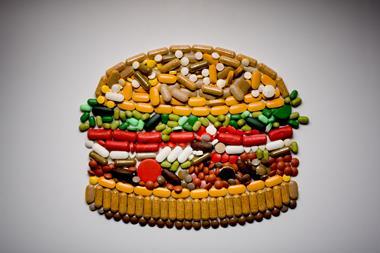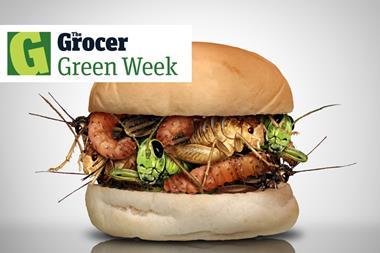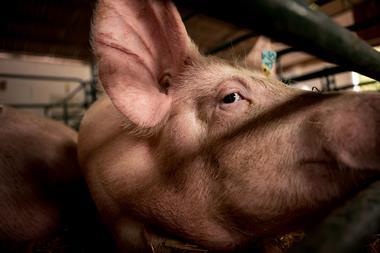With the European Commission investing £2.65m in a project to promote eating insects, it seems that the hunt for novel sources of meaty protein to feed a growing world population has gone into overdrive.
Grasshoppers and related creepy crawlies, it appears, are untapped sources of healthy, edible protein. Indeed, the commission has asked the FSA to investigate ways to popularise insects as a menu option. Good luck with that project, but somehow you just can’t see packs of crickets replacing chicken drumsticks in supermarkets.
I count myself as an adventurous eater, able to hold my own with foodie explorers such as chef Anthony Bourdain, but even I copped out in Cambodia when small children offered me what appeared to be large grilled spiders threaded on skewers. This local delicacy was just too Indiana Jones and the Temple of Doom to get the salivary glands going, even by my open-minded standards.
But at a pinch, I’d rather eat insects than sit down to a plate of the artificial meat that’s currently being ‘grown’, ‘cultivated’ or ‘reared’ (I’m not sure what the appropriate term is) in the laboratory. Made by multiplying stem cells from farm animals, so far, this creation is described by its promoters as ‘muscle-like strips of tissue’. Not a description that stimulates the appetite. Its appearance is grey apparently, because this fake meat has no blood or iron. Nobody has a clue what it tastes like as it is currently grown using fetal serum, which might be dangerous to humans, so sampling it is banned.
I wonder which is the harder ‘sell’: natural bugs or synthetic meat? And realistically, which might make it first to our tables in the novelty meat race? For all that squirrel has been talked up as the new right-on, free-ranging, health-promoting meat, it hasn’t yet turned up on the menu of any trendy gastropub near me. So what hope for Jiminy Cricket and Co?
Mind you, with their pedigree as a time-honoured Asian snack, insects wouldn’t have to meet the EU’s novel food regulations. And almost anything meaty tastes good when cooked with liberal amounts soy sauce, lemongrass, chilli and ginger. In vitro meat, on the other hand, is a product that would challenge the most inspired and inventive cook or gastronome.
Thanks, but no thanks.
Sign in to comment on this article
Not logged in before? Register for FREE guest access today.
You will be able to:
- Read more stories
- Receive daily newsletters
- Comment on stories
Advert



















No comments yet